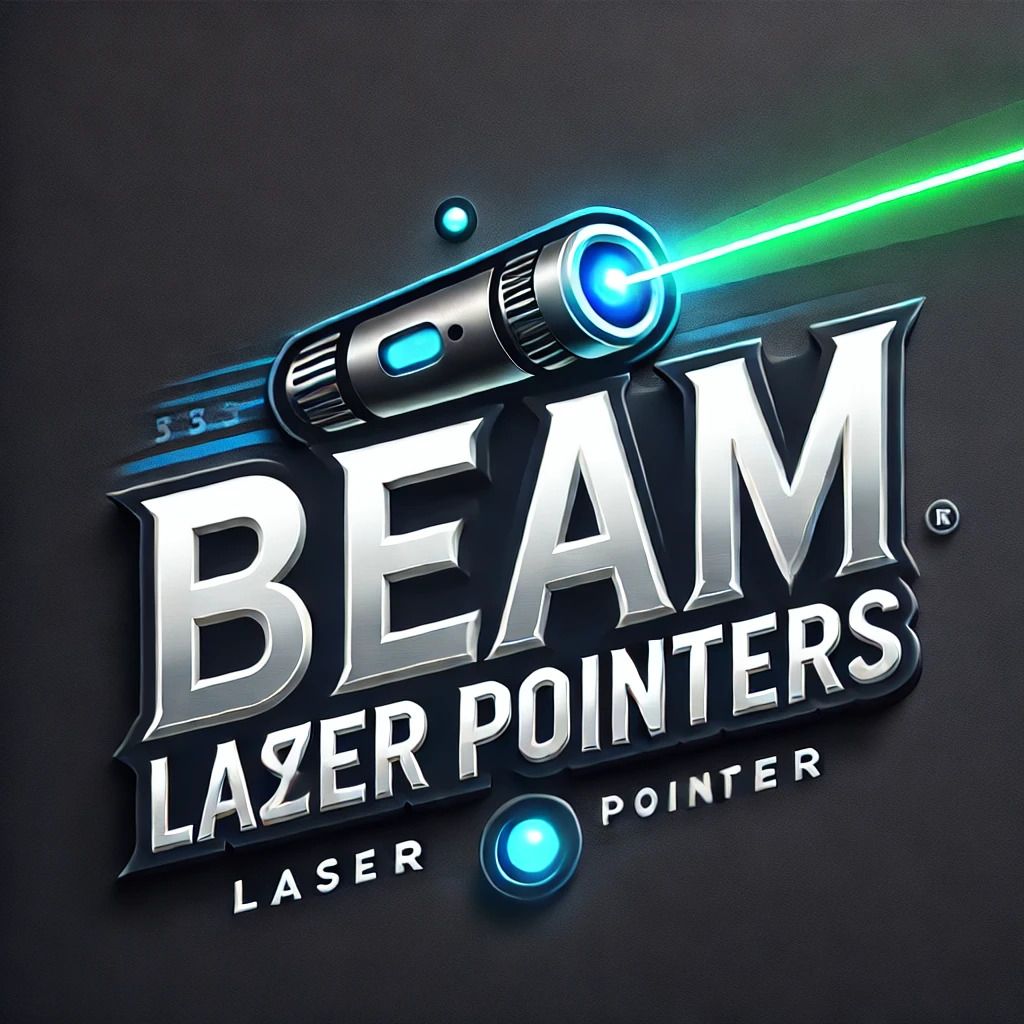
The Shift from Traditional to Smart Laser Pointers
Key Takeaways
- The laser pointer market is evolving with technology integration.
- Smart lasers offer advanced features such as connectivity and customizable settings.
- Understanding differences can help consumers make informed decisions.
The world of laser pointers has seen remarkable changes over the past few years. Traditionally, these handy devices were simple tools used mainly in presentations or for guiding pets. However, with the advancements in technology, smart laser pointers are emerging, integrating features that were once unheard of. This article investigates the transition from traditional laser pointers to smart lasers equipped with advanced technology features.
Understanding Traditional Laser Pointers
Traditional laser pointers are compact devices primarily used for educational and presentation purposes. Here are some characteristics of traditional laser pointers:
| Feature | Description |
|---|---|
| Power Output | Usually between 5mW to 50mW, suitable for indoor use. |
| Beam Color | Generally available in red, green, and blue. |
| Battery Type | Typically powered by AAA or button cell batteries, non-rechargeable. |
| Range | Effective up to 800 meters indoors, less in daylight. |
What Are Smart Laser Pointers?
Smart laser pointers introduce a range of functionalities beyond the basic features found in traditional lasers. They often come with technologies that enhance their usability and provide better interaction for the user. Below are some notable features of smart laser pointers:
| Feature | Description |
|---|---|
| Bluetooth Connectivity | Allows for remote control and interaction with devices, including computers and tablets. |
| Customizable Settings | Users can adjust the beam strength, colors, and patterns via an app. |
| Rechargeable Batteries | Many smart pointers come with built-in batteries that can easily be recharged. |
| Additional Features | Some models include timers, built-in alarms, and multimedia control. |
Comparative Analysis: Traditional vs. Smart Laser Pointers
| Aspect | Traditional Laser Pointers | Smart Laser Pointers |
|---|---|---|
| Usability | Simple, straightforward | Versatile, connected |
| Battery Life | Single-use batteries | Rechargeable with longer life span |
| Functionality | Basic pointing capability | Customizable features and remote control |
| Target Audience | Educators, professionals | Tech-savvy users, presenters |
The Advantages of Transitioning to Smart Technology
As the digital age continues to evolve, embracing smart technology has numerous advantages:
- Enhanced User Experience: Smart laser pointers allow users to interact more dynamically with their audience.
- Longer Operational Life: Rechargeable batteries save money and reduce waste.
- Customization: Users can personalize settings to suit their specific needs.
Challenges of Smart Laser Pointers
Despite their advantages, transitioning from traditional to smart laser pointers may pose certain challenges:
- Cost: Smart laser pointers tend to be more expensive than their traditional counterparts.
- Complexity: Some users may find the added features unnecessary or difficult to understand.
- Dependency on Technology: Users may sometimes experience connectivity issues.
Future Trends in the Laser Pointer Market
The evolution of laser pointers signals exciting trends in the market:
- Integration of AI capabilities for smarter presentations.
- Emphasis on eco-friendly materials and designs.
- Increased demand for multifunctional devices in various sectors such as education and defense.
As industry standards change, always stay updated with the latest advancements in laser pointer technology. For deeper insights on features and innovations, check our Buying Guides section.
Conclusion
The transition from traditional laser pointers to smart models marks a significant shift in how these tools are used across various industries. As consumers, it’s crucial to evaluate personal needs and preferences when deciding between conventional and smart laser pointers. Thankfully, as technology continues to advance, users are ensured improved functionality, convenience, and user satisfaction.
Tips for Choosing the Right Laser Pointer
- Consider your primary use: educational, professional, or leisure.
- Assess output power and range based on your needs.
- Explore options for recharging to avoid constant battery replacement.
Pros
- Smart technology ensures enhanced functionality.
- Rechargeable models promote sustainability.
- Greater interactivity during presentations.
Cons
- Higher upfront cost for smart pointers.
- Possibility of requiring technical knowledge to operate.
- Dependence on battery and connectivity quality.



